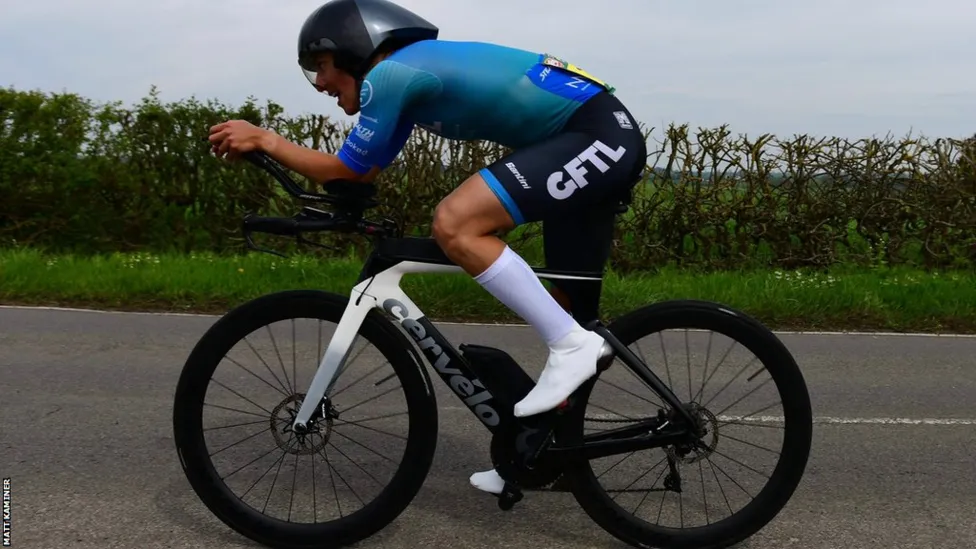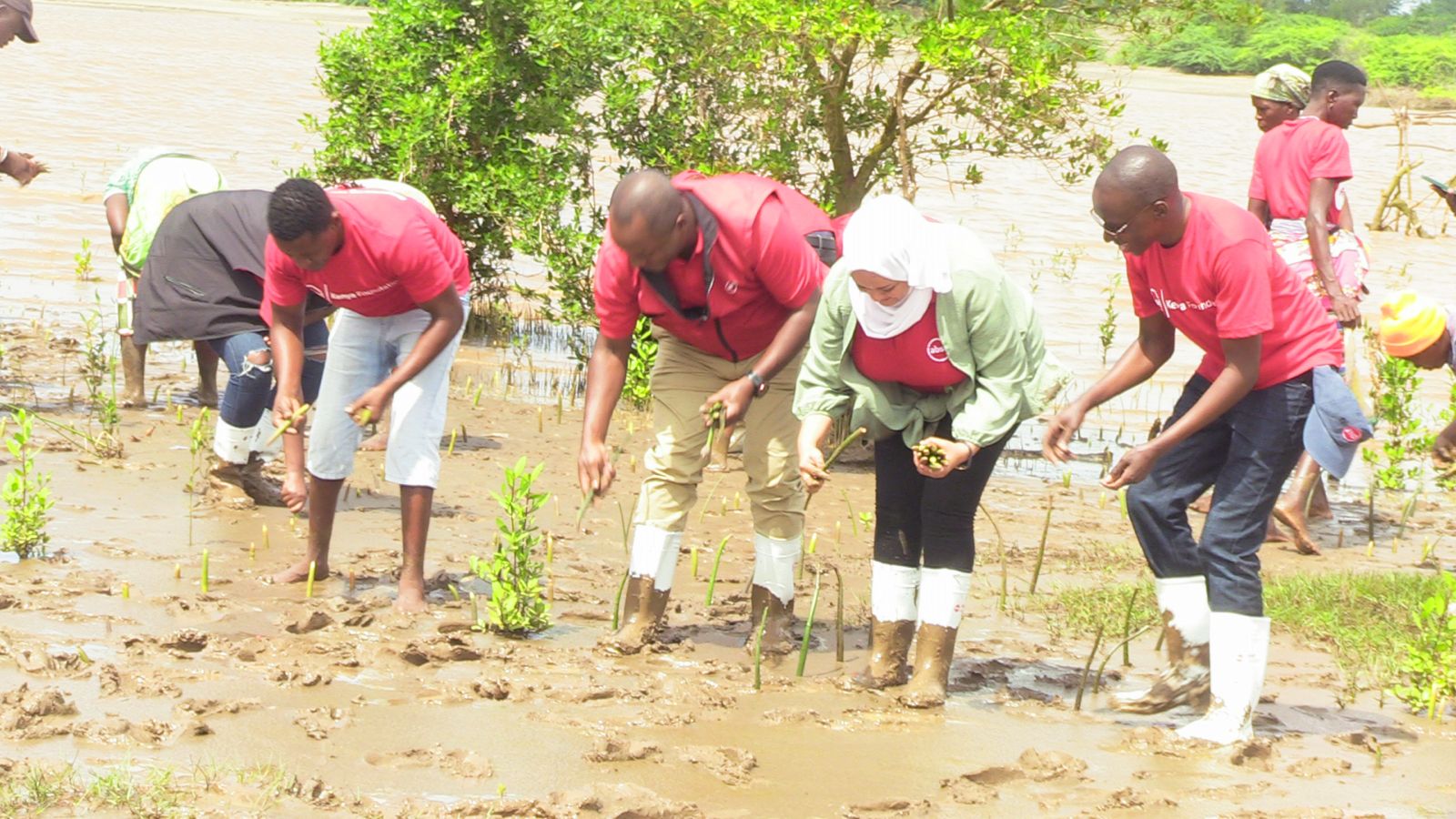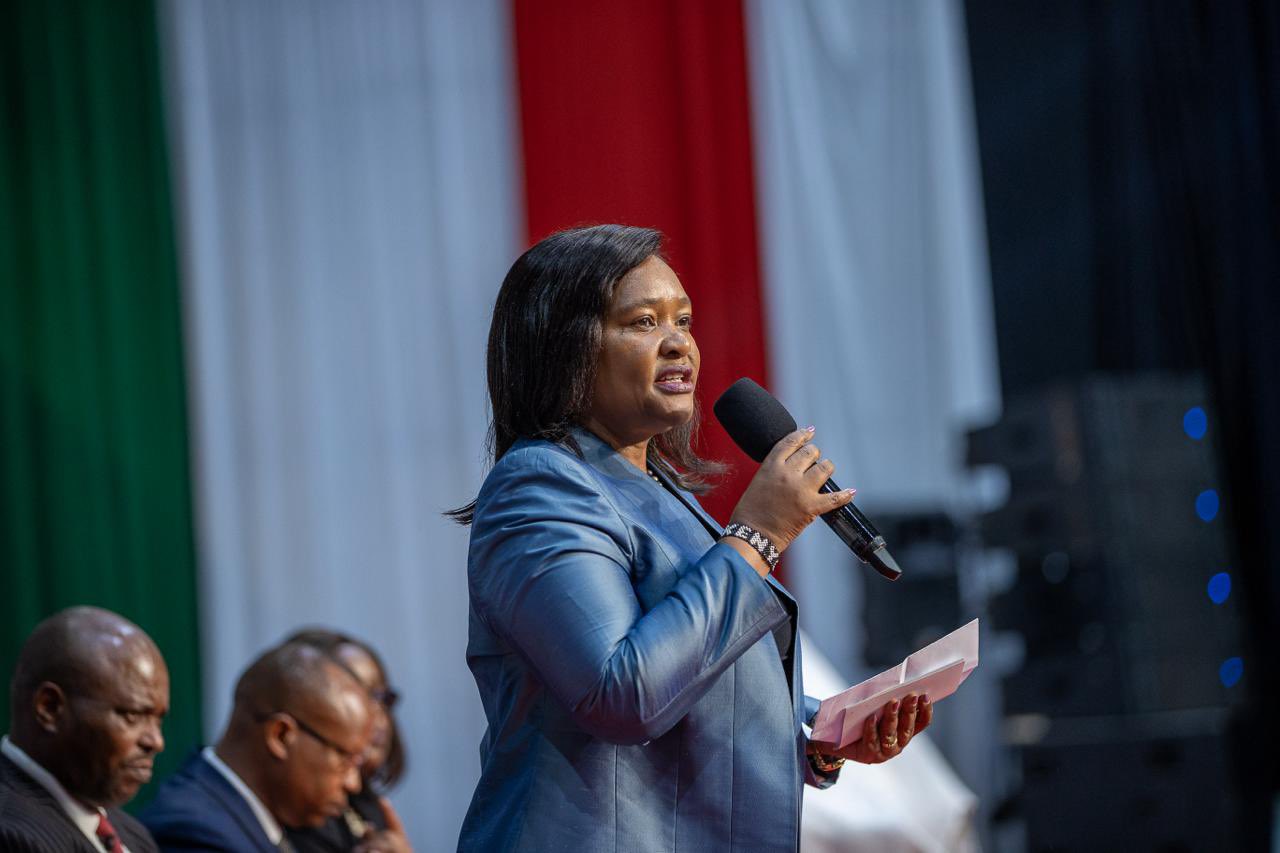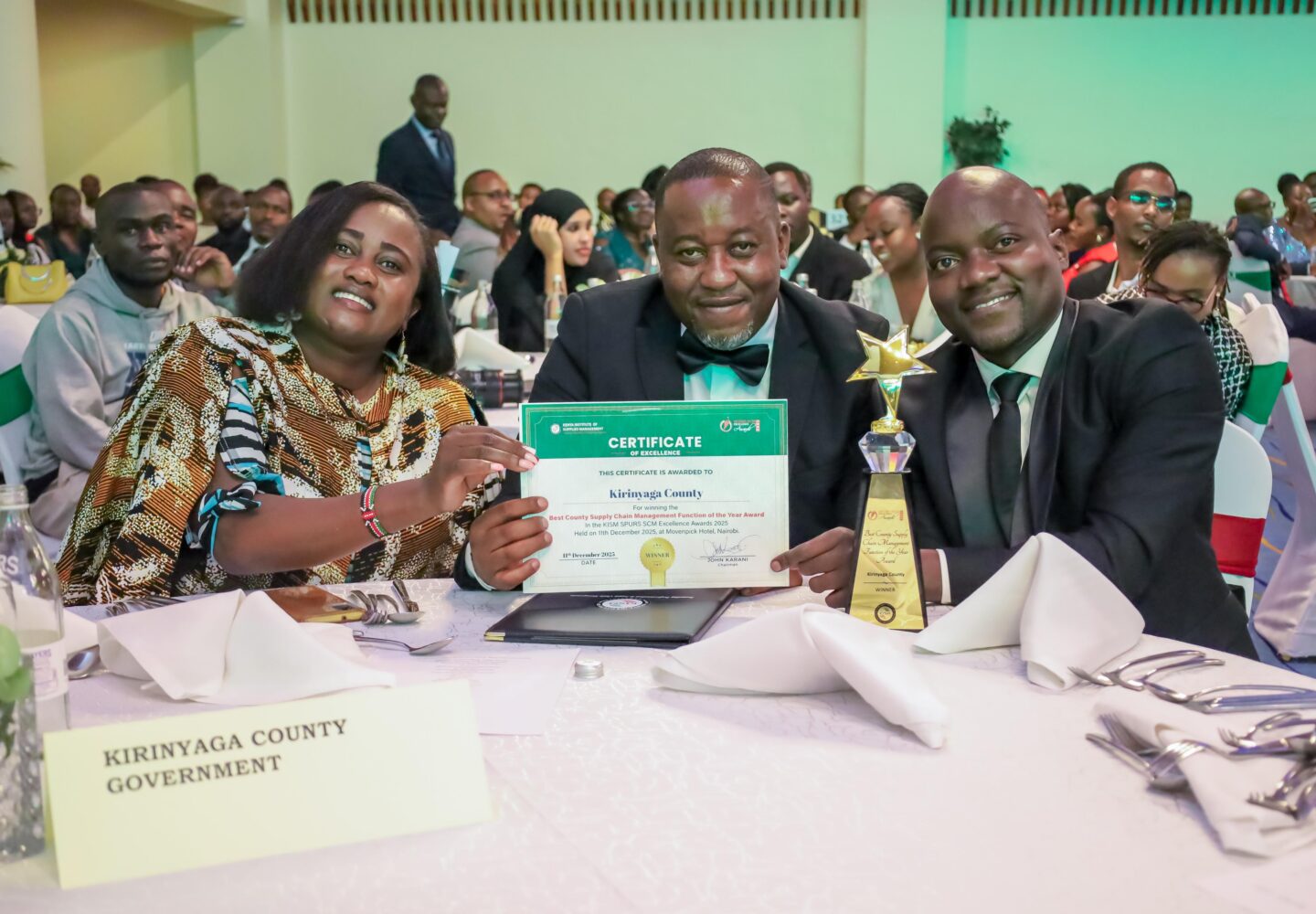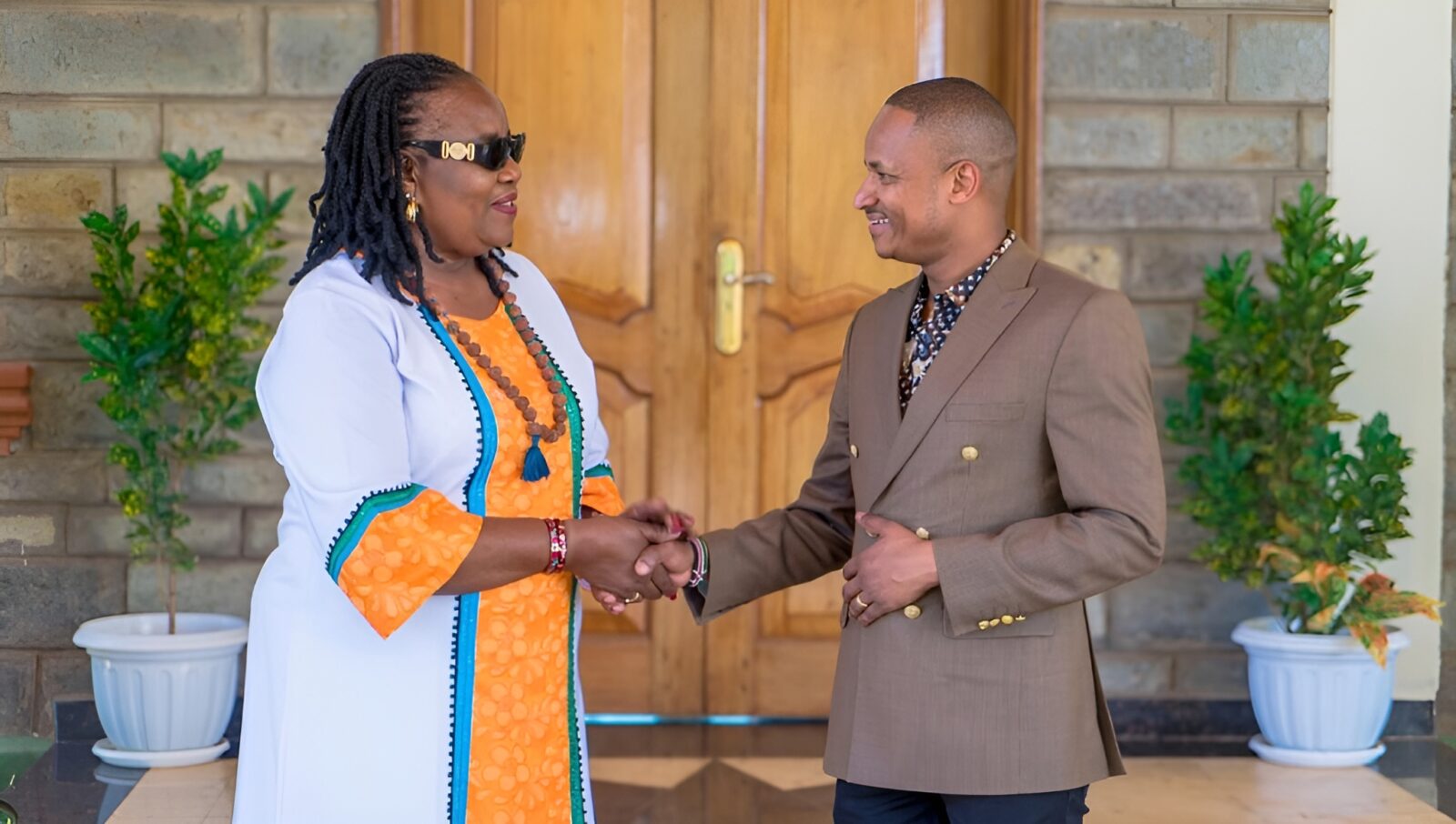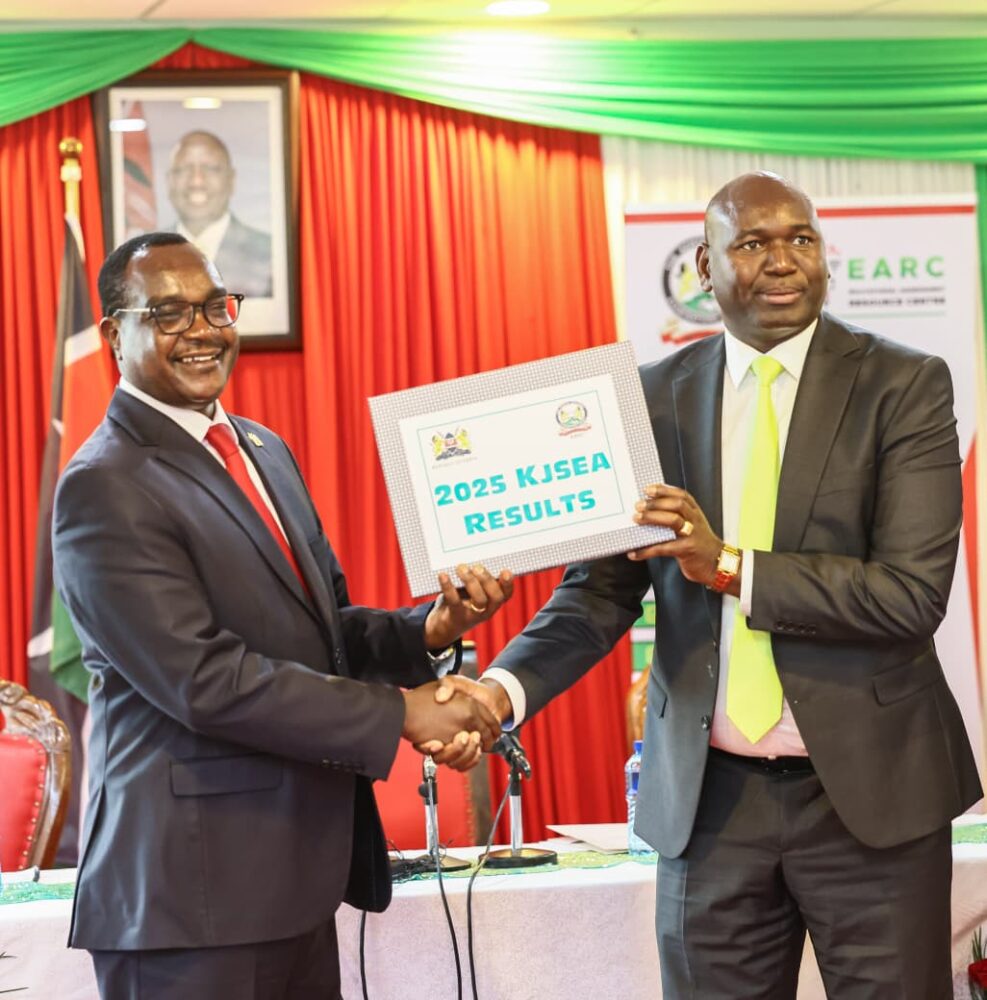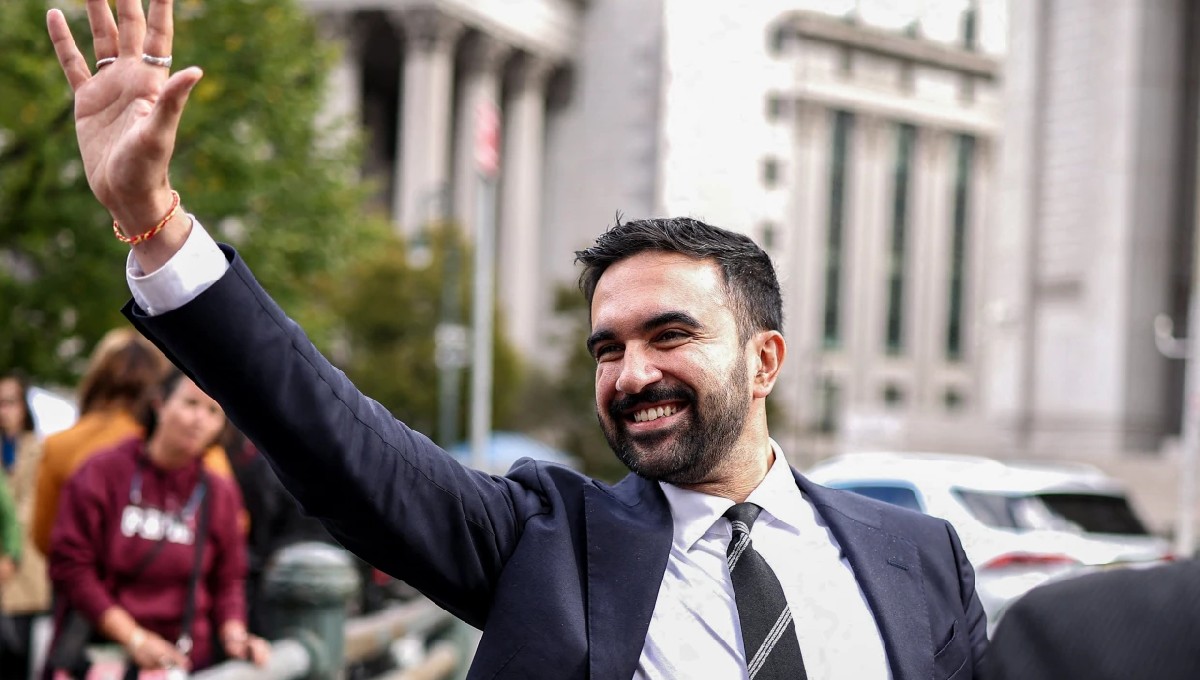More than 200,000 extinct mangrove seedlings have been planted at the Sabaki River Estuary in Kilifi County, in an effort to restore the area’s mangrove ecosystem that was under threat due to massive destruction.
The mangrove seedlings were donated to the Sabaki River Conservation and Development Organisation (SARICODO) by ABSA Bank Foundation in an effort to support conservation efforts in line with the Presidential Agenda to plant 10 billion trees by 2032.
During the Mangrove planting exercise at the estuary, community members said their target is to restore the destroyed ecosystem.
Reports indicate that more than 100 hectares of mangrove forests had been destroyed and more than 70,000 have already been planted.
The local Conservation CBO revealed that out of the nine mangrove species only six were remaining in the area due to the destruction.
Joseph Mangi, the Chairman of SARICODO, a local conservation Community Based Organization (CBO) said the area had been extensively degraded by human activity but efforts by the community had made strides in restoring the area.
“We have nine species of mangrove but in Sabaki we only have six after the rest were cut down by loggers and through this initiative, we will bring back all the species,” he said.
Mangi said they had been told that one mangrove tree is able to store more carbon than ten terrestrial trees that’s why they were keen in increasing the mangrove forest ecosystem.
The Financial Director at Absa bank Yusuf Omar said the bank was planting 10 million trees by 2032 to conform with the government initiative of planting 10 billion trees by 2032.
“Mangrove trees have been known to have a survival rate of about 80 percent and so it is one of the best trees to focus on,” he said.
He said Kenya was ripe for the carbon credits market and the communities residing along mangrove ecosystems stand to benefit immensely from the venture.
“Not just on the survival rate but also in terms of providing carbon credits and with what we are planting today, about 200,00 seedlings, we are looking at around 900 tonnes of carbon that will come out of this initiative,” he added.
Susan Onyango, the Country Manager for Griot Consulting Limited said that when the organization started restoration programs at the Sabaki area, more than 100 hectares of mangrove had been degraded and that they planted 70,000 seedlings in the initial stages of restoration.
“We have 100 hectares that was degraded in Sabaki and Moi area and we planted 70,000 seedlings in 2021 and we are grateful to Absa Foundation for boosting the initiative with planting of 200,000 prophages,” she said.
Jumwa Kabwere Wanje a member of SARICODO said they formed women groups who deal with making mangrove nurseries, which they sell to organisations that want to plant in the estuary.
Through their efforts, she said they are able to get income to educate their children and also sustain their livelihoods.

